When it comes to choosing the perfect tires for your vehicle, the options can be overwhelming.
That’s why I decided to delve into the world of BFGoodrich vs Firestone, two renowned tire brands that have stood the test of time.
In this post, we’ll explore their rich histories, analyze their performances in dry, wet, and snow conditions, compare their mileage warranties, average lifespan, prices, and weigh their pros and cons.
By the end, we’ll have a clear winner, helping you make an informed decision.
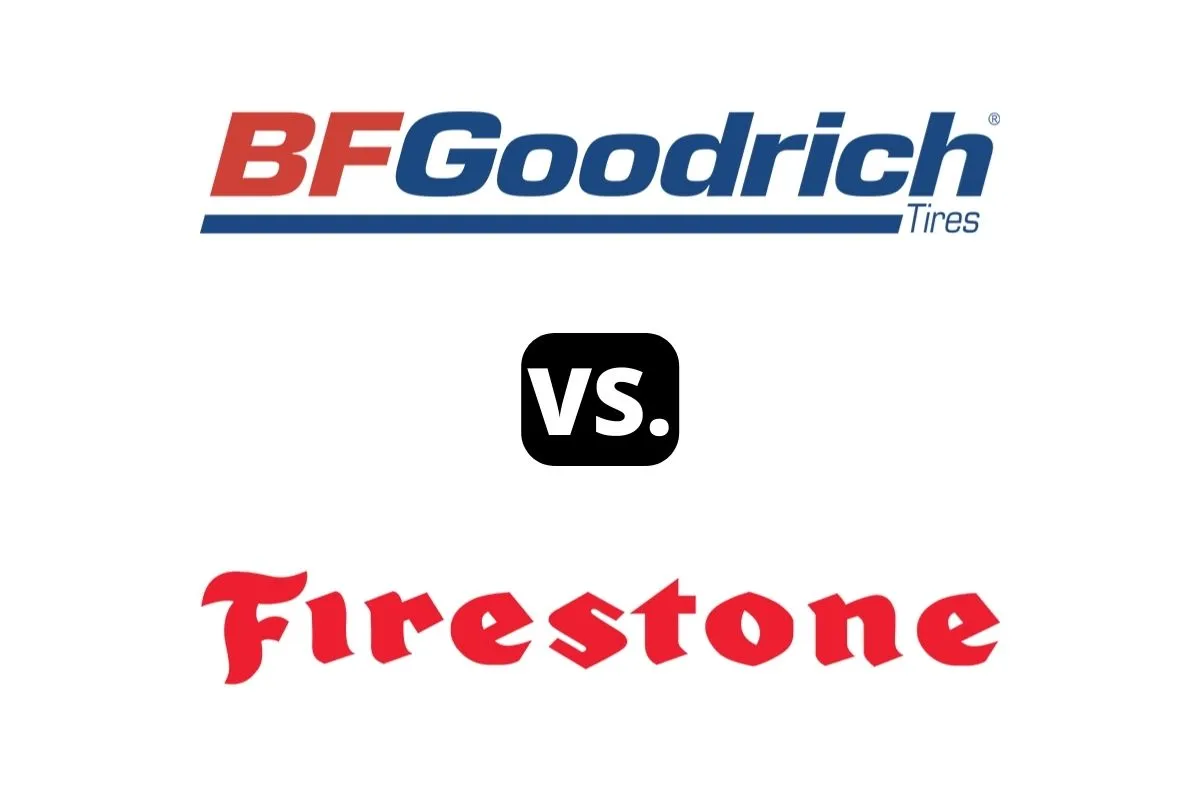
BFGoodrich vs Firestone – Comparison Table
| BFGoodrich | Firestone | |
| Country of Origin | United States | United States |
| Year Founded | 1870 | 1900 |
| Made In | Tuscaloosa, AL, Woodburn, IN, or Opelika, AL in the US | United States, Vietnam, Brazil, Canada, and Costa Rica |
| Parent | Compagnie Générale des Établissements Michelin SCA (France) | Bridgestone Corporation (Japan) |
About the Brands

1. BFGoodrich
BFGoodrich, a renowned tire brand, has a rich history that dates back to its founding in 1870 in the United States.
Originally known as Goodrich, the company began producing rubber products and expanded into tires in the late 19th century.
They quickly gained prominence for their quality and innovative designs.
In 1988, Goodrich became a subsidiary of Uniroyal-Goodrich, which later merged with the French tire giant Michelin in 1990.
As a result, BFGoodrich became part of the Compagnie Générale des Établissements Michelin, solidifying its global presence.
BFGoodrich has always been at the forefront of tire technology, pioneering advancements such as all-terrain tires and radial tires.
Their tires have been trusted by drivers on various terrains, from racetracks to challenging off-road environments.
With a legacy spanning over a century, BFGoodrich continues to deliver high-performance tires, catering to diverse vehicles and driving needs.
Their strong association with Michelin ensures that the brand remains synonymous with quality, durability, and innovation in the tire industry.
Mostly Known for Manufacturing Tires For:
- Passenger cars
- SUVs (Sport Utility Vehicles)
- Trucks
- Off-road vehicles
- Commercial vehicles
2. Firestone
Firestone is an iconic American tire brand that traces its roots back to 1900 when it was founded in the United States.
The company quickly gained recognition for its high-quality tires, becoming a leading player in the industry.
Throughout its history, Firestone has been committed to innovation and performance.
In 1988, Firestone became a subsidiary of the Bridgestone Corporation, a Japanese multinational company.
This acquisition allowed Firestone to benefit from Bridgestone’s global reach and technological advancements.
Over the years, Firestone has continued to thrive under Bridgestone’s ownership, leveraging its expertise and resources to maintain its position as a trusted tire brand.
Today, Firestone offers a wide range of tires for various vehicles, including passenger cars, trucks, SUVs, and commercial vehicles.
With a rich heritage and a legacy of excellence, Firestone remains a prominent name in the tire industry.
Mostly Known for Manufacturing Tires For:
- Passenger cars
- Trucks
- SUVs (Sport Utility Vehicles)
- Vans
- Light trucks
- Medium trucks
- Buses
Differences
1. Dry Performance
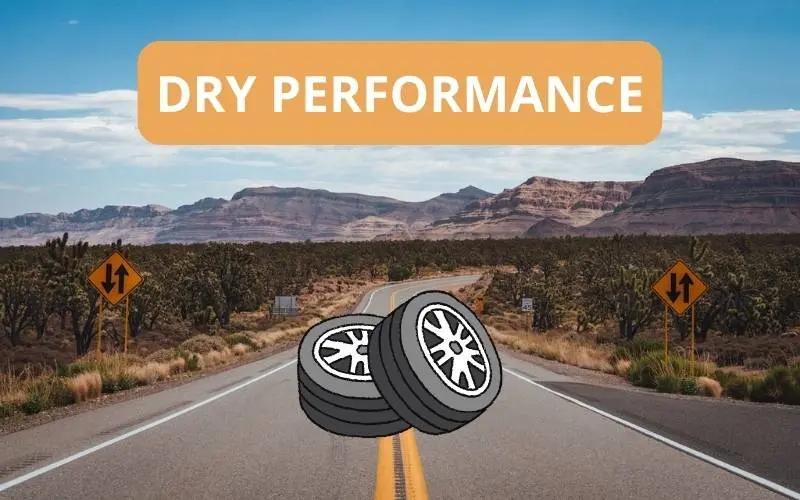
I’m going to compare the performance of two summer tires as they are the ideal type in dry weather.
I’m taking a look at the BFGoodrich g-Force Sport COMP-2 vs the Firestone Firehawk Indy 500.
Based on my research and personal dry performance rating, I would rate the BFGoodrich g-Force Sport COMP-2 with a score of 4.7 out of 5.
This tire excels in various aspects, including exceptional dry grip, traction, responsiveness, cornering, and handling.
It has been recognized for having the best dry traction among its competitors, highlighting its impressive dry performance.
On the other hand, the Firestone Firehawk Indy 500 receives a rating of 4.5 out of 5.
Although it offers excellent handling, cornering, and grip, it falls slightly behind the g-Force Sport COMP-2 in terms of overall dry performance.
Therefore, the BFGoodrich g-Force Sport COMP-2 emerges as the better tire for dry performance compared to the Firestone Firehawk Indy 500.
2. Wet Performance
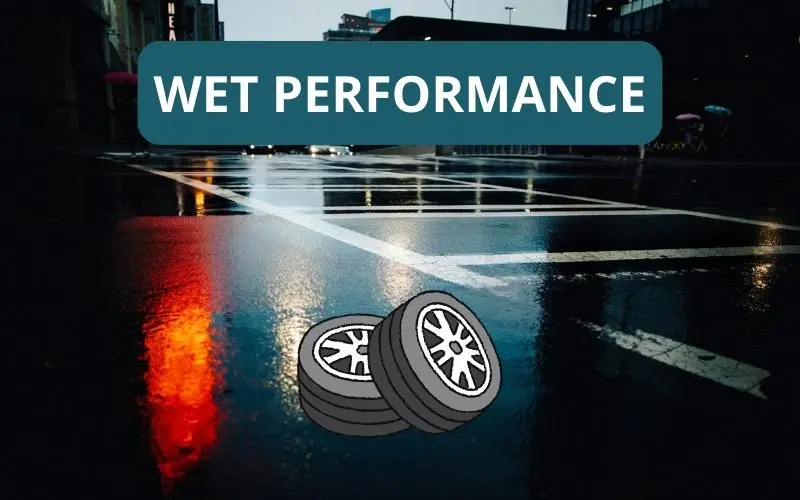
For the wet performance, I’ll be comparing the BFGoodrich Advantage T/A Sport vs the Firestone WeatherGrip.
In my evaluation of the wet performance, I rate the BFGoodrich Advantage T/A Sport at 3.8 out of 5.
While it is considered adequate overall, certain reviews highlight concerns regarding longitudinal traction, longer stopping distances, and reduced acceleration without AWD.
On the other hand, I rate the Firestone WeatherGrip at 4.3 out of 5, indicating good wet traction with shorter braking distances and hydroplaning resistance.
Its all-season performance design further supports its reliability in wet conditions.
Therefore, based on the ratings and features, the Firestone WeatherGrip emerges as the better tire for wet performance.
3. Snow Performance
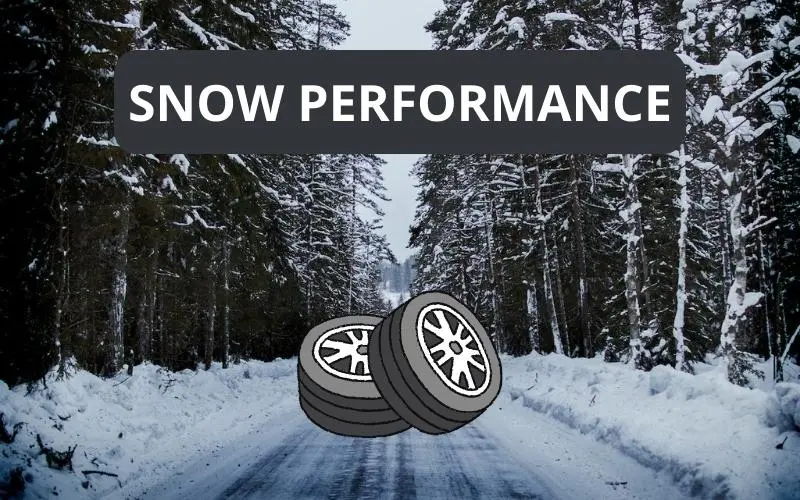
We all know that you need dedicated winter tires if you’re going to be driving on harsh winter conditions.
That’s why I’ll be comparing the snow performance of two specialized winter tires – BFGoodrich Winter T/A KSI vs Firestone Winterforce 2.
Based on my research and personal snow performance rating, I would give both the BFGoodrich Winter T/A KSI and Firestone Winterforce 2 tires a score of 4.5 out of 5.
Both tires offer reliable snow performance with features like high sipe density, saw-toothed groove edges, and a cold weather compound for enhanced traction on snowy surfaces.
Additionally, the inclusion of open shoulder slots and sipes in the tread improves grip and traction on snow.
Therefore, I declare a tie between these two tires for their excellent snow performance capabilities.
4. Mileage Warranty and Tread Life
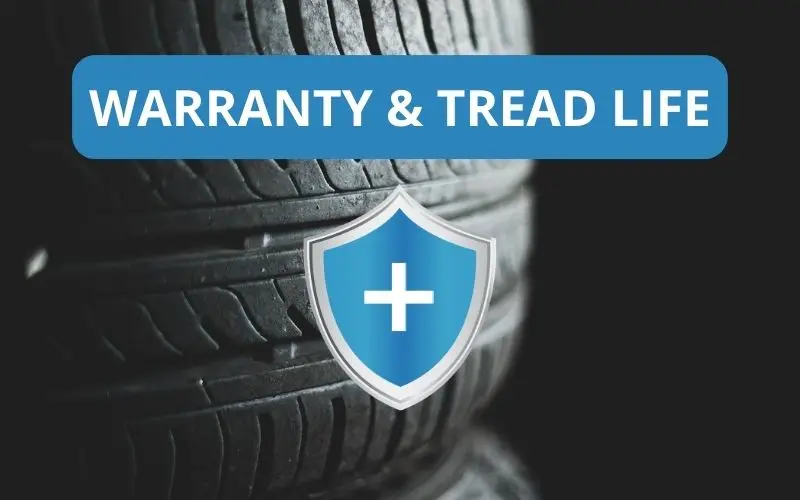
| BFGoodrich | Firestone | |
| Treadwear Warranty | up to 75,000 miles tread life warranty | up to 55,000 miles tread life warranty |
| Average Tread Life | BFGoodrich tires are expected to last mostly between the 50,000 to 60,000 miles mark. | Firestone tires are expected to last anywhere between 40,000 to 60,000 miles on average. |
Based on my research, the BFGoodrich tires offer a higher mileage warranty compared to the Firestone tires.
BFGoodrich provides a treadwear warranty of up to 75,000 miles, while Firestone offers a warranty of up to 55,000 miles.
Additionally, the average lifespan for BFGoodrich tires falls within the range of 50,000 to 60,000 miles, whereas Firestone tires typically last between 40,000 to 60,000 miles.
Overall, BFGoodrich tires seem to have a slight advantage in terms of both warranty and lifespan.
5. Prices

In this section, I’ll be taking a look at the price ranges of both tire brands – BFGoodrich vs Firestone.
I’ll be using one of the biggest tire and wheel retailers in the US for this comparison – Discount Tire.
Here is a comprehensive table that showcases each brand has to offer:
| BFGoodrich | Firestone | |
| Average Price Range (Discount Tire) | $112 to $747 /ea | $82 to $603 /ea |
| Cheapest Tire (Discount Tire) | Advantage Control goes from $112 – $238 /ea | FT140 goes from $82 – $170 /ea |
| Most Expensive Tire (Discount Tire) | Mud Terrain T/A KM3 goes from $217 – $747 /ea | Destination M/T 2 goes from $229 – $603 /ea |
6. Pros and Cons
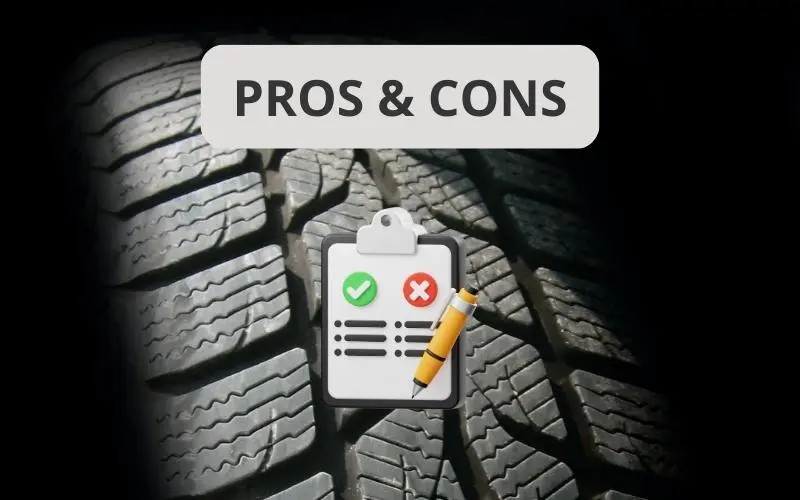
BFGoodrich
| Pros | Cons |
| ✔ Competitively priced with above-average mileage on the tread-warranties | ❌ They lack tire diversity compared to other brands, and the brand’s passenger options are limited in sizes |
| ✔ Highly focused and specialized in all-season and off-road tires | |
| ✔ Great option for daily commutes and road trips |
Firestone
| Pros | Cons |
| ✔ Firestone tires have good performance | ❌ Their shop is very expensive and they might try and sell you unnecessary services/things |
| ✔ Wide availability | |
| ✔ Good option for those who live in areas with harsh winter conditions |
7. Popular Tires

Here are some notable tires from BFGoodrich:
- All-Terrain T/A KO2
- Mud-Terrain T/A KM3
- Advantage T/A Sport LT
Some of Firestone’s best tires are shown below:
- Destination LE3
- Firehawk Indy 500
- WeatherGrip
Which Is the Better Brand Overall?

Based on the research and analysis of dry performance, the BFGoodrich g-Force Sport COMP-2 emerges as the better tire.
In terms of wet performance, the Firestone WeatherGrip takes the lead.
For snow performance, both the BFGoodrich Winter T/A KSI and Firestone Winterforce 2 offer excellent capabilities.
However, when it comes to mileage warranty and average lifespan, BFGoodrich tires have a slight advantage.
Considering these factors, I declare BFGoodrich as the better pick overall, providing exceptional dry performance and competitive mileage warranties.